C2081
Anti-α-Catenin antibody produced in rabbit
whole antiserum
Synonym(s):
Anti-α-Catenin, Alpha Catenin Antibody, Alpha Catenin Antibody - Anti-α-Catenin antibody produced in rabbit
About This Item
Recommended Products
biological source
rabbit
Quality Level
conjugate
unconjugated
antibody form
whole antiserum
antibody product type
primary antibodies
clone
polyclonal
mol wt
antigen ~102 kDa
contains
15 mM sodium azide
species reactivity
several mammalian species
technique(s)
dot blot: suitable using α-catenin peptide amino acids 890-901 conjugated to BSA
immunohistochemistry (frozen sections): 1:2,000 using bovine kidney sections
indirect immunofluorescence: 1:2,000 using cultured MDBK cells
microarray: suitable
western blot: 1:4,000 using cultured MDBK cells extract
Looking for similar products? Visit Product Comparison Guide
1 of 4
This Item | CBR00651 | CBR02351 | CBR02438 |
|---|---|---|---|
| form solid | form solid | form solid | form solid |
General description
Specificity
Immunogen
Application
- in dot blot immunoassay
- in immunoblotting
- in immunofluorescence
- in western blotting
- in immunoprecipitation
- in immunofluorescence staining
- in coimmunoprecipitation
Biochem/physiol Actions
Disclaimer
Not finding the right product?
Try our Product Selector Tool.
Storage Class Code
10 - Combustible liquids
WGK
nwg
Flash Point(F)
Not applicable
Flash Point(C)
Not applicable
Choose from one of the most recent versions:
Certificates of Analysis (COA)
Don't see the Right Version?
If you require a particular version, you can look up a specific certificate by the Lot or Batch number.
Already Own This Product?
Find documentation for the products that you have recently purchased in the Document Library.
Our team of scientists has experience in all areas of research including Life Science, Material Science, Chemical Synthesis, Chromatography, Analytical and many others.
Contact Technical Service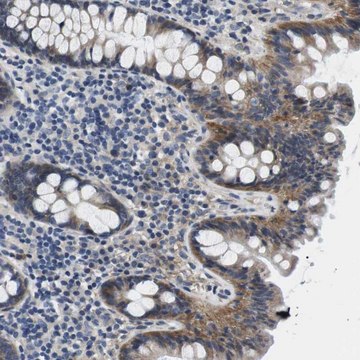

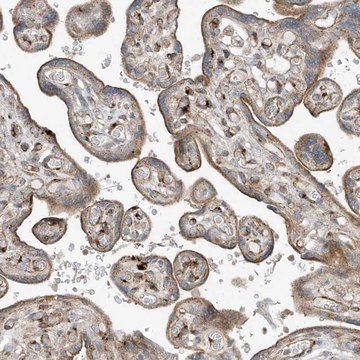
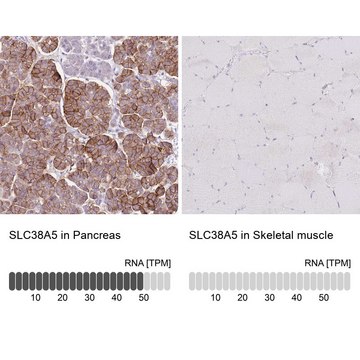


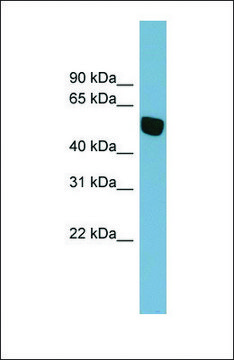
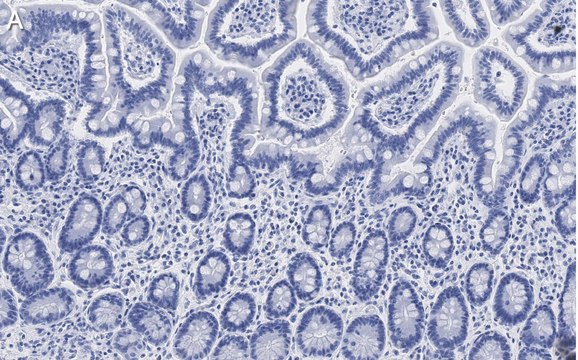

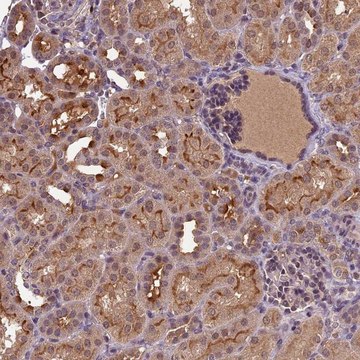
![[2-(4-Isopropyl-4H-1,2,4-triazol-3-yl)ethyl]amine dihydrochloride AldrichCPR](/deepweb/assets/sigmaaldrich/product/structures/150/809/0892e016-c423-437a-9d80-dcb695e07950/640/0892e016-c423-437a-9d80-dcb695e07950.png)
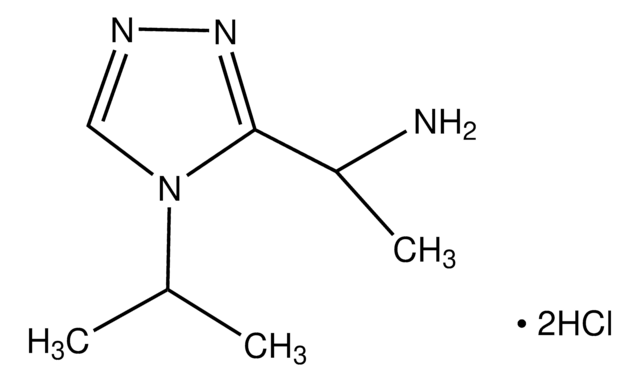
![[1-(4-Methyl-4H-1,2,4-triazol-3-yl)ethyl]amine dihydrochloride AldrichCPR](/deepweb/assets/sigmaaldrich/product/structures/204/578/646c8eee-14bc-4f31-bfdc-5aee671a38df/640/646c8eee-14bc-4f31-bfdc-5aee671a38df.png)
